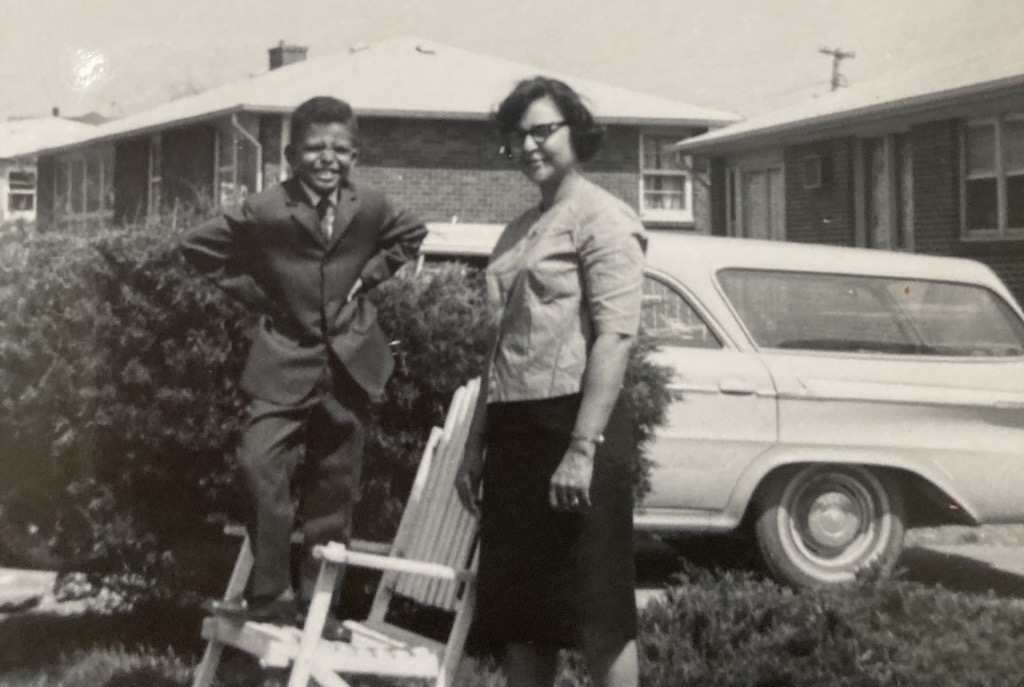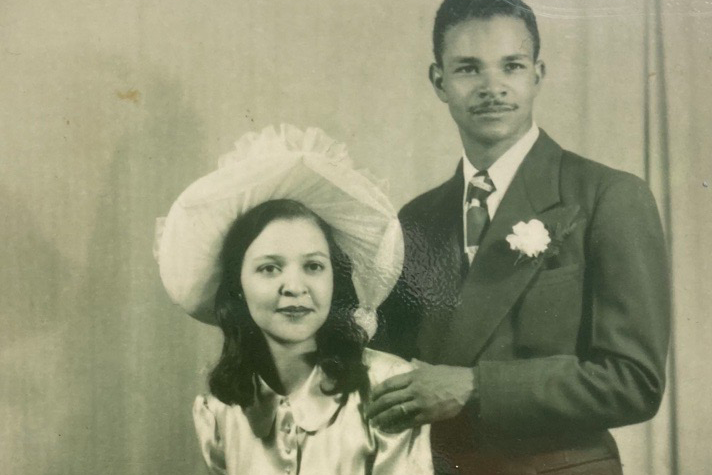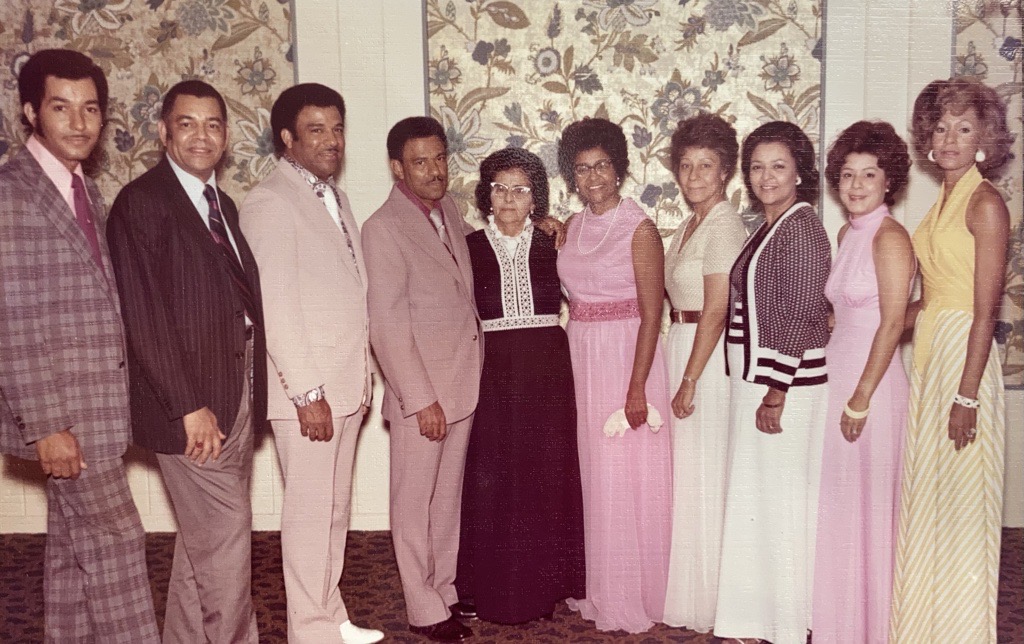
By Darren Johnson
Director, Organizational Change Management at Crowley
Black History Month is a time for our country to invite those around the world to learn about and celebrate the accomplishments and contributions of Black people. It is a significant annual event that occurs primarily in the United States and has ripple effects world-wide. My own experiences continue to impact me today.
For a young boy who grew up in Nashville, Tennessee, and whose parents were of mixed race, the ’60s helped shape my perspective on the world around me and still impact me today. People had refused to stand up on city buses – and were doing so long before 1955, when Rosa Parks refused to give in to public transportation segregation policies in Alabama. In 1958, Dwight D. Eisenhower was president of the United States. John F. Kennedy succeeded him in January 1961. That was a transformative change in a country where a lot was building over a number of years, propelling the Civil Rights Movement in the 1960s even more.

“We could see the Klan members throw the fire’s heated flames on the cross. They had guns and were dressed in white sheets. It was exciting to little Avon and me because we didn’t really understand what was happening. We thought they were ghosts.“
Black Lives Matter is very reminiscent of the Civil Rights Movement in the ’60s and Black History Month bring back memories of all kinds for me. I remember being at school and hearing the announcement of the Rev. Martin Luther King Jr. being assassinated. Then, I walked home, and my mom was crying over the news. I also remember the cross burning in the front yard of the civil rights lawyer Avon Williams, who was a dear friend of my parents. While playing with his son, little Avon, we encountered the Ku Klux Klan standing across the street from their front yard. They had set fire to what seemed to me, as a 10-year-old boy, a huge cross. The heat was unbearable. While standing on that front porch, we could see the Klan members throw the fire’s heated flames on the cross. They had guns and were dressed in white sheets. It was exciting to little Avon and me because we didn’t really understand what was happening. We thought they were ghosts.
Love as a Guiding Light
My parents (Thomas W. Johnson and Alva Lewis Johnson, pictured below in 1948) didn’t openly discuss racism and what was happening all around in what was a wonderful Black community in which we grew up. People were close and all parents on the street helped raise and watch after all the children who lived on the street. It was actually a wonderful time, even though during the evenings in the summer of 1967, tanks would drive down our street as the National Guard helped to enforce a 6 p.m. city-wide curfew.

Still, my parents never specifically discussed civil rights, racism, and what was happening all around us. They instead taught us to value who we are, be confident, and know that no matter what comes our way – everything will be fine if we are guided by love.
I am of mixed ethnicity. My grandparents on my mom’s side were ethnically mixed, too. Daisy Lewis (pictured below in the middle with her nine children) was white by way of France. My grandad was a Black American Indian. On my Dad’s side, both of my grandparents were Black American Indian, too. Ballard T. Edwards during Reconstruction is my great, great grandad on my Dad’s side. As a result, I relate to so many ethnic cultures.
Growing up, I was quickly able to toggle back and forth between American Indians, African Americans, Latinos, and other ethnic groups. Primarily because of the way my parents raised us. We were not told that we were one race or another. We were… family. Today, my daughter’s mom is Latina, southern-east Indian, and Black, which means that our daughter has a rich ethnic background.

“Growing up, I was quickly able to toggle back and forth between American Indians, African Americans, Latinos, and other ethnic groups. Primarily because of the way my parents raised us.”
Where I am in Black History Month 2021
Personally, the way all my ethnic and racial experiences manifest at Crowley are very much connected to our five core competencies. In particular, collaboration and manage ambiguity. I learned very early on in life that collaborating is an essential part of making memorable events happen. We collaborated on every holiday event in our family, wrapping gifts, picking vacation spots, and deciding family dinners.
My life journey has been about managing ambiguity from being able to read a room when I am the only person of color, to understanding how to field the unknown of business ownership, to standing up for and believing in a cause that is shared by only a chosen few – such as the power of change.
I love working at Crowley and my team, and the way my talent and expertise are accepted by my peers, leaders, and co-workers. I also believe in the company’s focus on inclusion and share the vision of its future success.
Crowley is a privately-owned marine, transportation, and logistics company providing worldwide solutions since 1892. We have over 6,000 high-performing team members in 35 countries and Caribbean territories, who are diverse, encouraged, and deliver on their commitments. We are Crowley, the people who know.